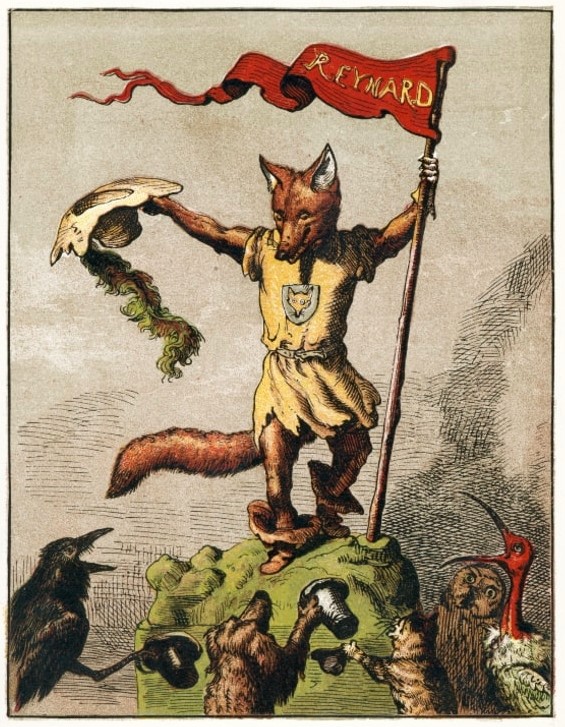This
week I read the Grimm Unit of tales translated by Lucy and Walter Crane. One
thing that I really found interesting about this unit was the motif of marriage
and marital problems that could be seen throughout the unit. I will examine
four of the stories from the unit in this essay: The Fisherman and His Wife,
The Robber Bridegroom, King Thrushbeard, and The Three Spinsters.
I will
begin by examining my favorite story of the unit, The Fisherman and His Wife.
In this story, the couple is already married and lives in a small hovel, but
the fisherman finds a magic fish. Throughout the story, the wife tells the
husband to return to the fish to ask for things to improve their living status.
The wife’s greed is insatiable, and the husband reluctantly goes back to the
fish each time the wife has a new request. This can be seen as an example of
many husbands’ need to fulfill their wives’ desires.
In the
Robber Bridegroom, we can see why it is important to really know someone before
you agree to marry them. The robber bridegroom and his pals were a horrible
lot, and would have led the miller’s daughter to destruction if it was not for
the help of the old lady. The miller promised his daughter to the robber
bridegroom because he “knew nothing to his disadvantage.” The miller should
have been a tad more selective and gone past first impressions.
KingThrushbeard was another favorite of mine. In this story, we see a princess who
is too prideful to take a suitor. She believes that not one is good enough for
her. This story shows us that we can’t expect perfection from our potential
spouse; everyone has faults.
Finally,
The Three Spinsters was a humorous tale. I thought it was funny how the girl
and her mother lied the girl’s way into marriage with the prince. Not only
that, but the girl suffered no consequences for it. I did not find a moral to
this story, but it is an example of how funny the world can be at times.
 |
| The Three Spinsters by Walter Crane. Web Source: Un-Textbook |




